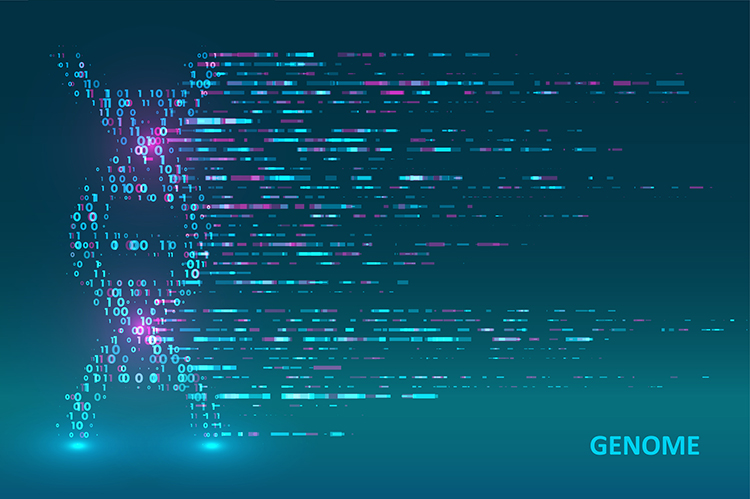
The national cooperator database, managed by the Council on Dairy Cattle Breeding (CDCB), is the largest record of dairy genetic material in the world. It allows breeders from all over access to high-quality research, a broad spectrum of traits, the perspective of population genetics, information on genetic conditions, and effective genetic evaluations from its 8 million genotypes.
That is all possible because of the people who put farm information into the database: dairy records providers, the Purebred Dairy Cattle Association (PDCA), dairy records processing centers, and the National Association of Animal Breeders (NAAB). In August, CDCB hosted the first National Cooperator Dairy Database Workshop to bring all of these sectors together and ensure genetic data continues to be used effectively for the benefit of the industry.
During the CDCB Industry Meeting held at World Dairy Expo, CDCB board chair Lindsey Worden described that 106 people attended the workshop to collaborate on ways to improve the current approach. These individuals came from the four stakeholder groups as well as genomic labs and nominators and were employees of all levels within these groups, Worden shared.
The workshop began with a representative from each sector describing the work they do and how their data fits into the big picture of CDCB services. “I think that was really informative for a lot of the attendees,” Worden noted.
For the majority of the event, attendees discussed opportunities with one another and created a list of recommendations for the CDCB board. Worden outlined that they fell into six general categories, and these are areas the organization will be working on creating an action plan for moving forward.
1. Collaboration and communication: Look for ways for CDCB’s members to join forces to solve data conflicts and ensure data consistency. “CDCB can be a real conduit to foster communication between these organizations,” Worden noted.
2. Data quality and integration: Prioritize data quality over quantity by focusing on unique data sources rather than duplicating information. Additionally, maintain transparency when aggregating new data.
3. Producer engagement: Enhance CDCB’s visibility with dairy farmers because they are the basis of what CDCB can do. Ensure farmers receive a unified message from their breed organization, A.I. company, milk testing group, and genomic lab as to the purpose of utilizing data in a precompetitive way.
4. Training and resources: Conduct regular training for customer service and technical users as well as support research needs.
5. Technology and infrastructure: Develop sustainable data pipelines, accommodate new technologies, and consider automatic correction of genomic conflicts.
6. Transparency and road map: Keep a clear road map of CDCB priorities and timelines available for the industry.
The event was a successful collaboration between industry stakeholders and represents a valuable opportunity for the organization and its collaborators, Worden said. They will help ensure the national cooperator database remains an indispensable tool for dairy genetic information.
To comment, email your remarks to intel@hoards.com.
(c) Hoard's Dairyman Intel 2023
October 23, 2023








